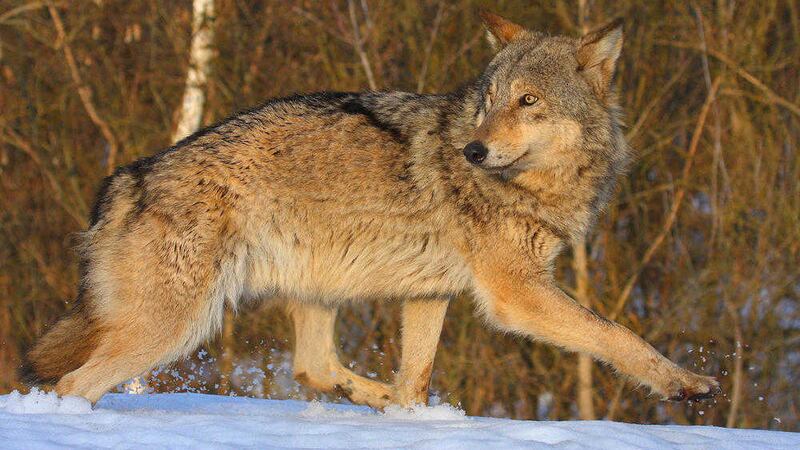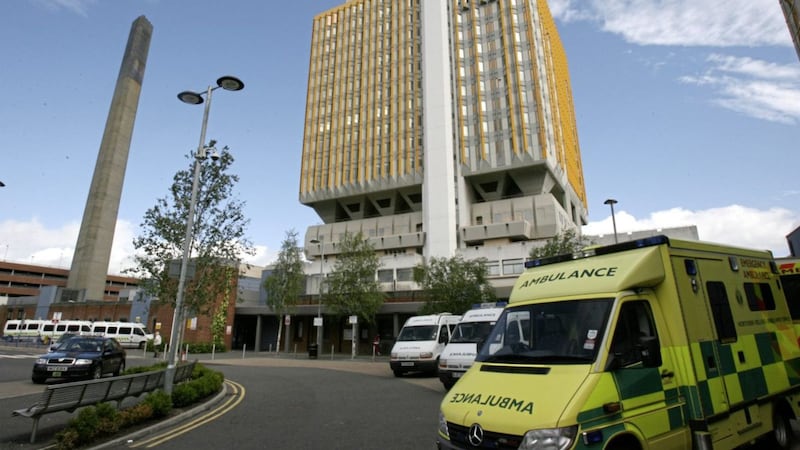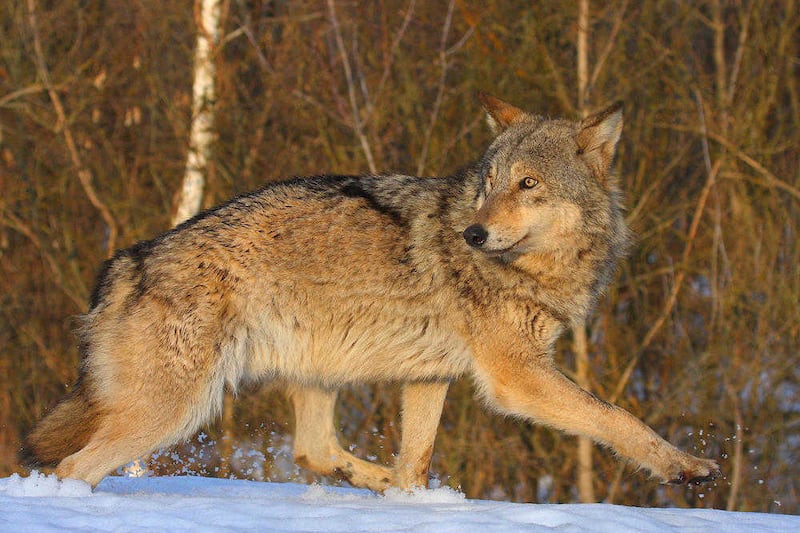Wildlife including wolf, elk and wild boar are thriving around Chernobyl since the area was deserted by humans after the world's worst nuclear accident, a study shows.
Populations of large mammals show no evidence of being affected by the continuing radiation in the exclusion zone around the nuclear power plant in Ukraine, close to the Belarus border, which was hit by an explosion and fire in 1986.
Around 116,000 people were permanently evacuated from the 4,200 square kilometre (1,600 square miles) exclusion zone around the power plant, with villages and towns left to go to ruin.
Three decades on, a scientific study published in the journal Current Biology has found abundant populations of mammals - the most sensitive creatures to the impacts of radiation – in the area.
Using helicopter surveys, researchers in Belarus found that elk, roe deer, red deer and wild boar populations within the exclusion zone are similar to those in four uncontaminated nature reserves in the region, while wolf numbers are seven times higher.
And studies involving assessing tracks in new-fallen snow of roe deer, fox, wild boar and other animals including lynx, pine marten and European hare, found numbers were not reduced in areas with higher radiation.
The study found said while the extremely high dose rates of radiation in the immediate aftermath of the accident significantly hit animal health and reproduction, they recovered quickly and there was no evidence of long term effects on mammal populations.
While individual animals may be affected by radiation, overall populations are benefiting from the absence of people and hunting, forestry and farming which are likely to have kept wildlife numbers low before the accident, the researchers said.
Lynx have returned to the area, having previously been absent, while wild boar are taking advantage of abandoned farm buildings and orchards for shelter and food.
One of the study's authors, Professor Jim Smith of Portsmouth University, said that the nuclear accident had very severe social, psychological and economic consequences for the local communities which had to be evacuated.
But he said: "In purely environmental terms, if you take the terrible things that happened to the human population out of the equation, as far as we can see at this stage, the accident hasn't done serious environmental damage.
"Indeed by accident it's created this kind of nature reserve."
He added: "We're not saying radiation is good for animals, but human habitation and exploitation of the landscape is worse."
Dr Jim Beasley, of the University of Georgia in the US, said: "The landscape that encompasses the exclusion zone was fragmented by human land use, there were a lot of farms, forestry, villages and animals were hunted for food.
"After the accident, regardless of any potential effects of radiation that may have existed, our data show fairly clearly populations of these large mammals increased fairly quickly once you removed humans from the landscape and they are currently maintained at reasonably high abundances."
A similar effect is being seen around the Fukushima power plant in Japan, which was hit by a magnitude nine earthquake and tsunami in 2011, leading to the area being evacuated and where wild boar have recolonised.
But because of agriculture and population pressures, and because they are considered a pest species, they are unlikely to be allowed to flourish there in the long term, Professor Tom Hinton of Fukushima University said.



